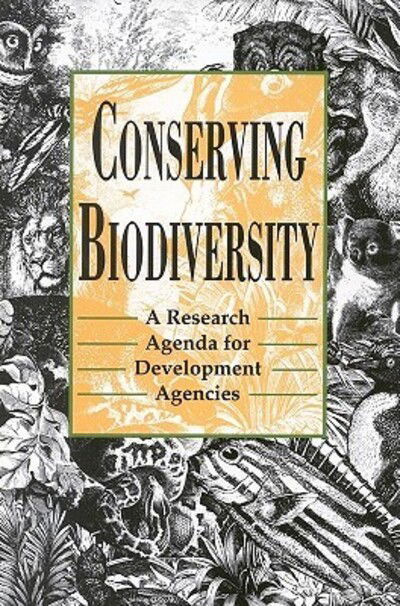
Fortell venner om denne varen:
Opportunities to Use Remote Sensing in Understanding Permafrost and Related Ecological Characteristics: Report of a Workshop
National Research Council
Opportunities to Use Remote Sensing in Understanding Permafrost and Related Ecological Characteristics: Report of a Workshop
National Research Council
Permafrost is a thermal condition -- its formation, persistence and disappearance are highly dependent on climate. General circulation models predict that, for a doubling of atmospheric concentrations of carbon dioxide, mean annual air temperatures may rise up to several degrees over much of the Arctic. In the discontinuous permafrost region, where ground temperatures are within 1-2 degrees of thawing, permafrost will likely ultimately disappear as a result of ground thermal changes associated with global climate warming. Where ground ice contents are high, permafrost degradation will have associated physical impacts. Permafrost thaw stands to have wide-ranging impacts, such as the draining and drying of the tundra, erosion of riverbanks and coastline, and destabilization of infrastructure (roads, airports, buildings, etc.), and including potential implications for ecosystems and the carbon cycle in the high latitudes.
Opportunities to Use Remote Sensing in Understanding Permafrost and Related Ecological Characteristics is the summary of a workshop convened by the National Research Council to explore opportunities for using remote sensing to advance our understanding of permafrost status and trends and the impacts of permafrost change, especially on ecosystems and the carbon cycle in the high latitudes. The workshop brought together experts from the remote sensing community with permafrost and ecosystem scientists. The workshop discussions articulated gaps in current understanding and potential opportunities to harness remote sensing techniques to better understand permafrost, permafrost change, and implications for ecosystems in permafrost areas. This report addresses questions such as how remote sensing might be used in innovative ways, how it might enhance our ability to document long-term trends, and whether it is possible to integrate remote sensing products with the ground-based observations and assimilate them into advanced Arctic system models. Additionally, the report considers the expectations of the quality and spatial and temporal resolution possible through such approaches, and the prototype sensors that are available that could be used for detailed ground calibration of permafrost/high latitude carbon cycle studies.
| Media | Bøker Pocketbok (Bok med mykt omslag og limt rygg) |
| Utgitt | 4. juli 2014 |
| ISBN13 | 9780309301213 |
| Utgivere | National Academies Press |
| Antall sider | 84 |
| Mål | 272 g |
| Språk | Engelsk |
Mer med National Research Council
Se alt med National Research Council ( f.eks. Pocketbok , Innbunden bok og Bok )


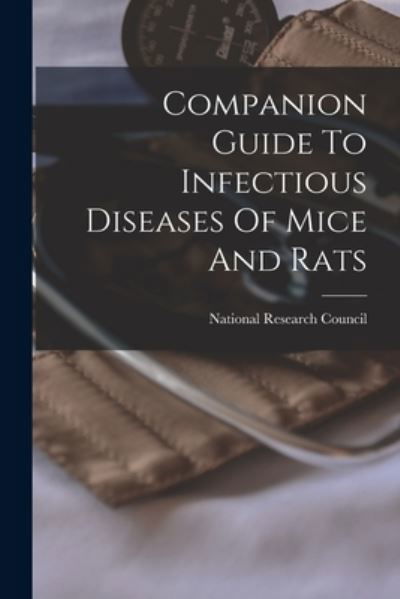
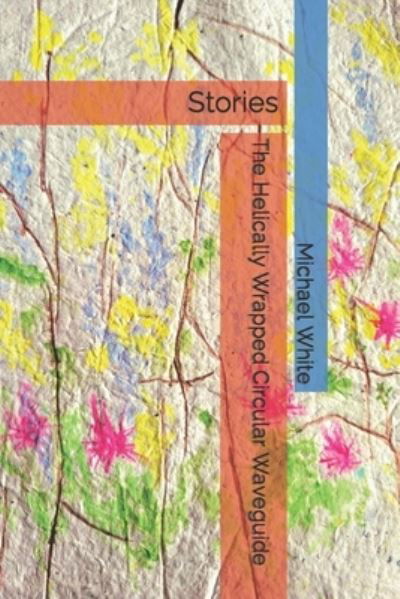
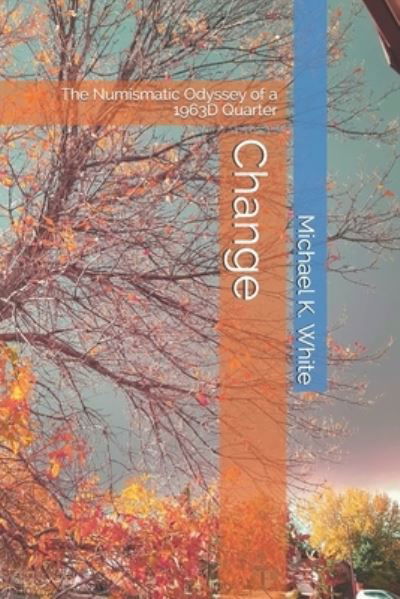
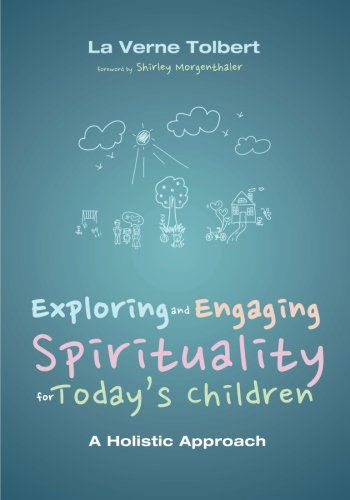

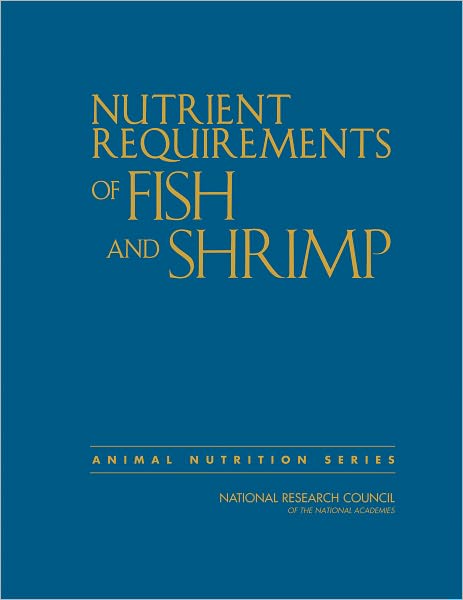
![Cover for National Research Council · Evaluating Testing, Costs, and Benefits of Advanced Spectroscopic Portals: Final Report (Pocketbok) [Abbreviated edition] (2011)](https://imusic.b-cdn.net/images/item/original/179/9780309186179.jpg?national-research-council-2011-evaluating-testing-costs-and-benefits-of-advanced-spectroscopic-portals-final-report-pocketbok&class=scaled&v=1406811945)
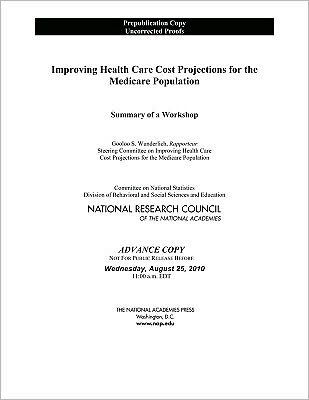
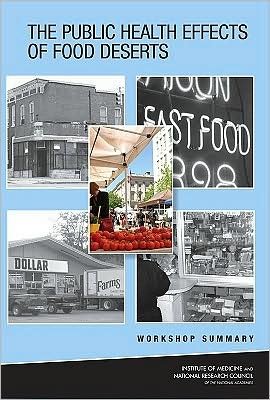
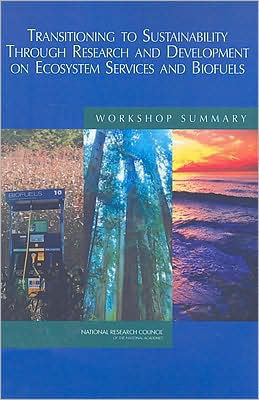
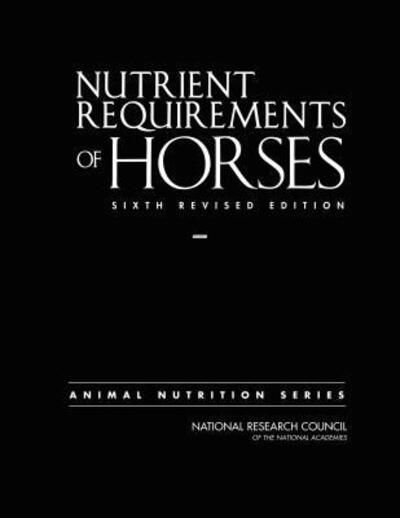
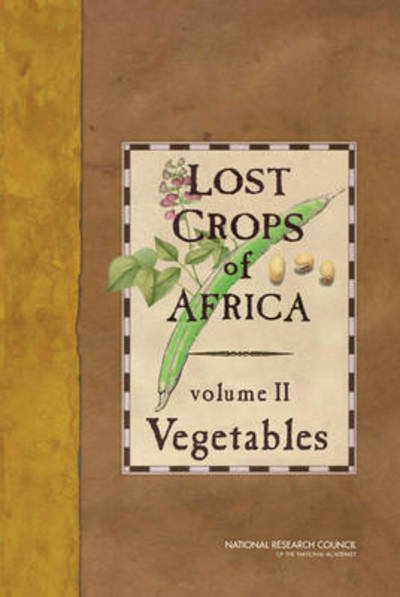
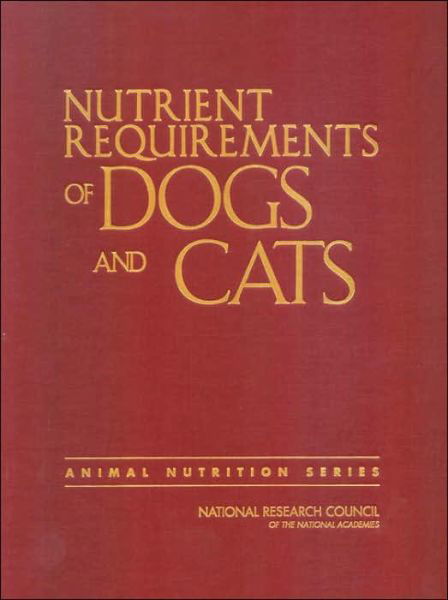
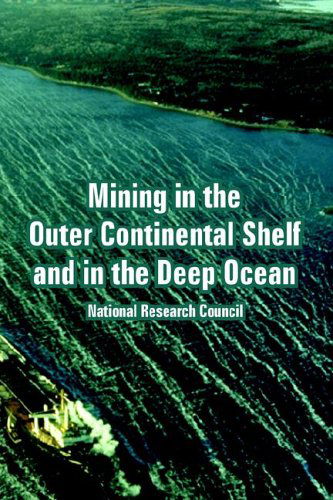

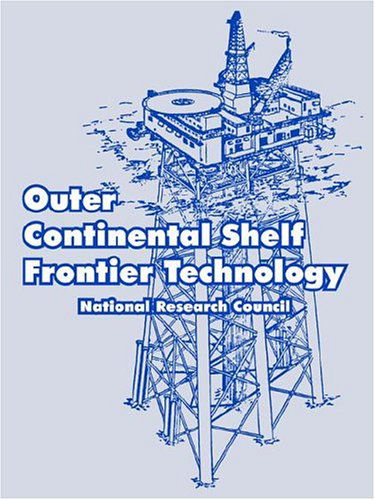
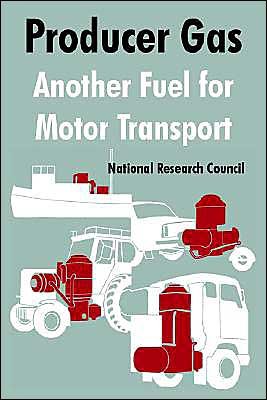

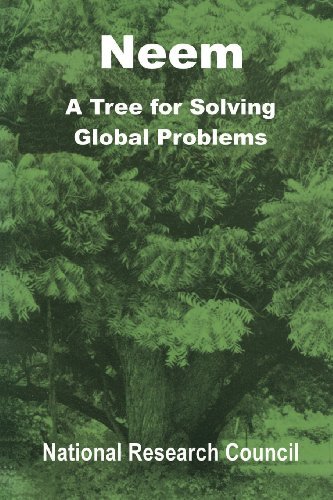
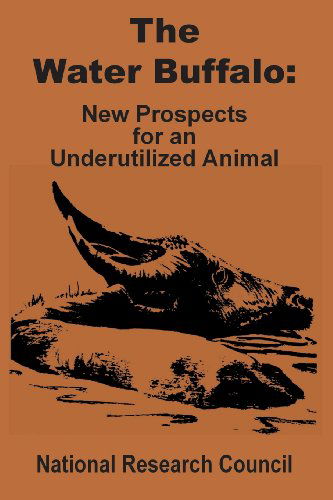

![Cover for National Research Council · How People Learn: Brain, Mind, Experience, and School: Expanded Edition (Pocketbok) [Expanded edition] (2000)](https://imusic.b-cdn.net/images/item/original/362/9780309070362.jpg?national-research-council-2000-how-people-learn-brain-mind-experience-and-school-expanded-edition-pocketbok&class=scaled&v=1394023082)
